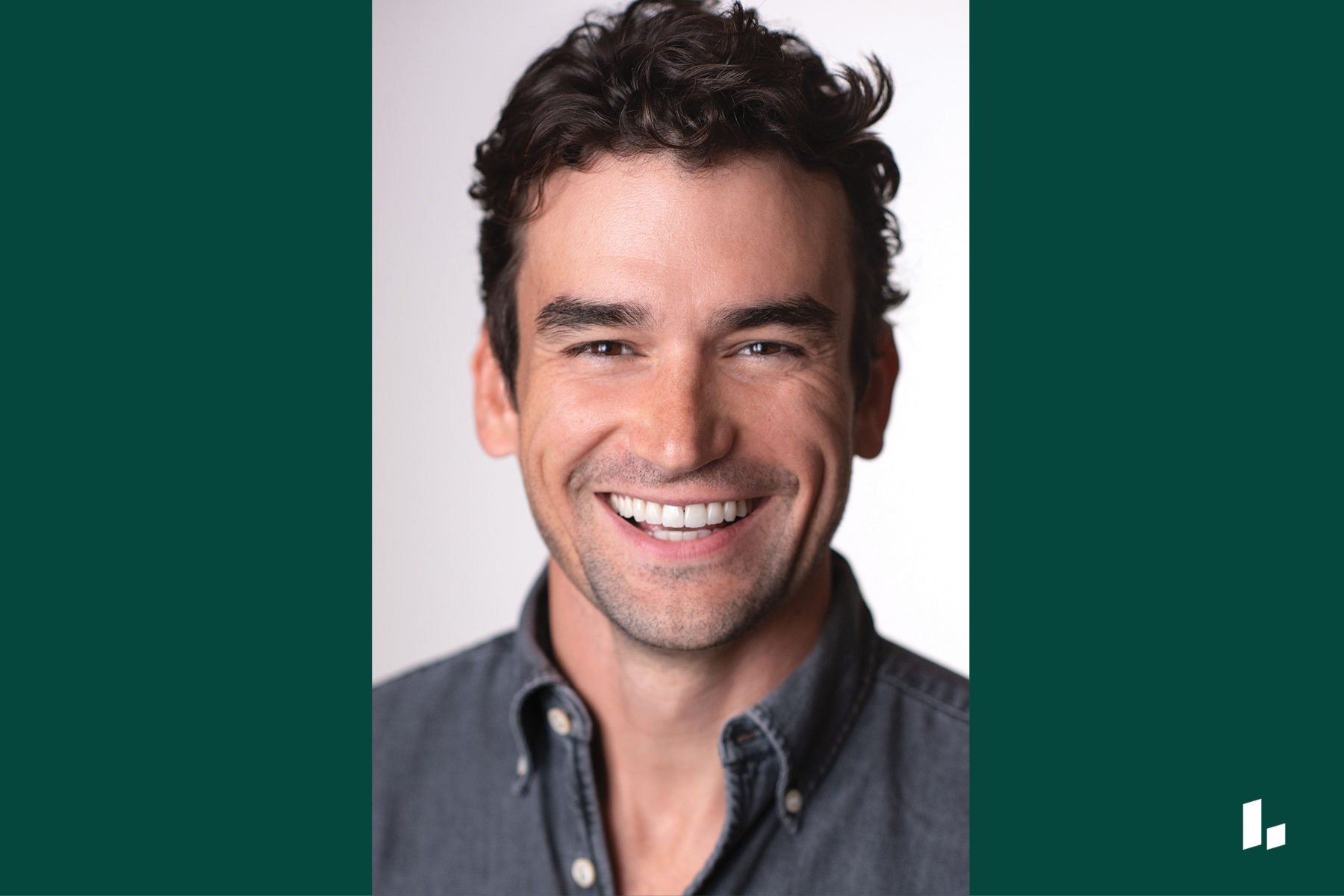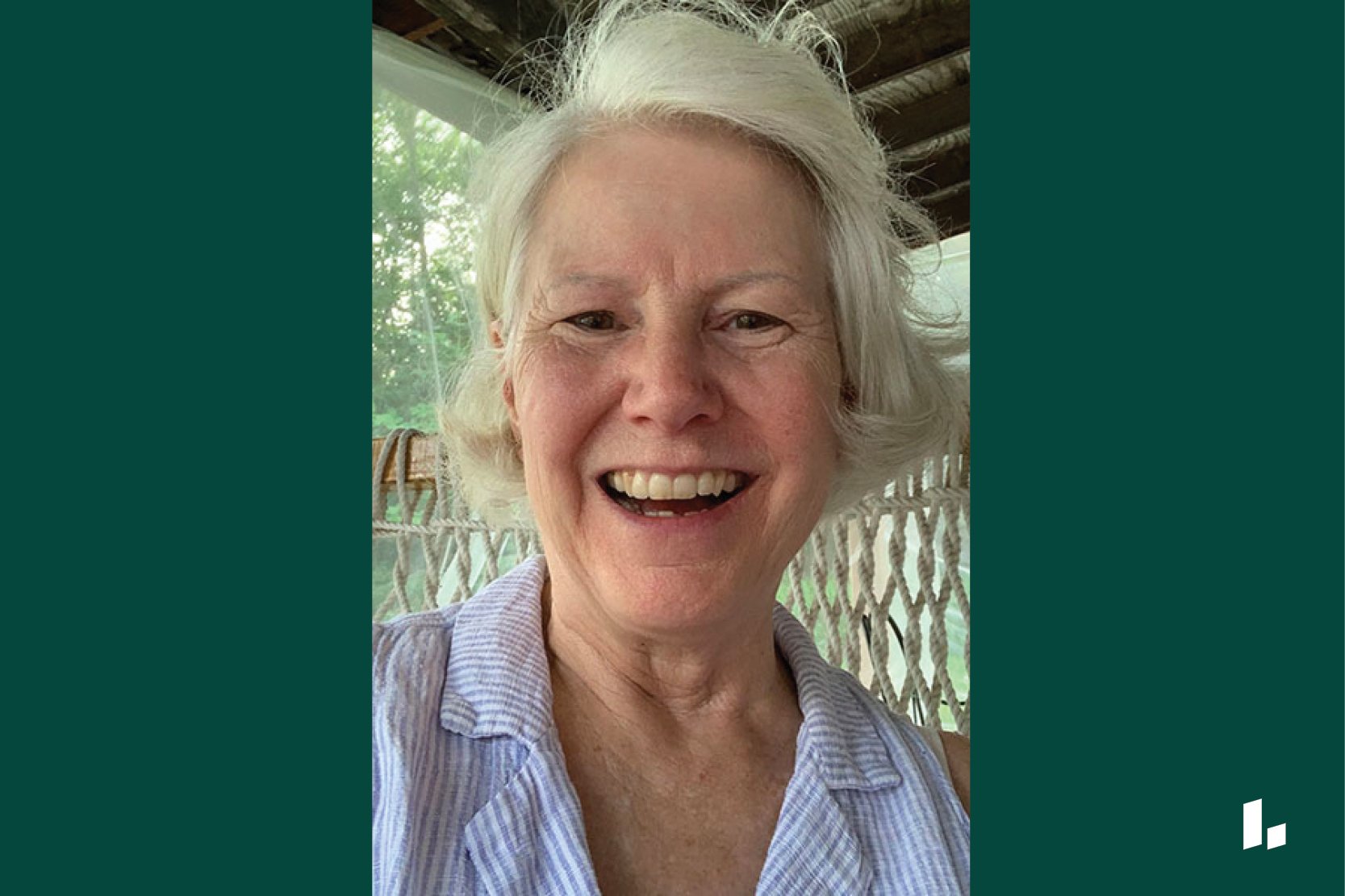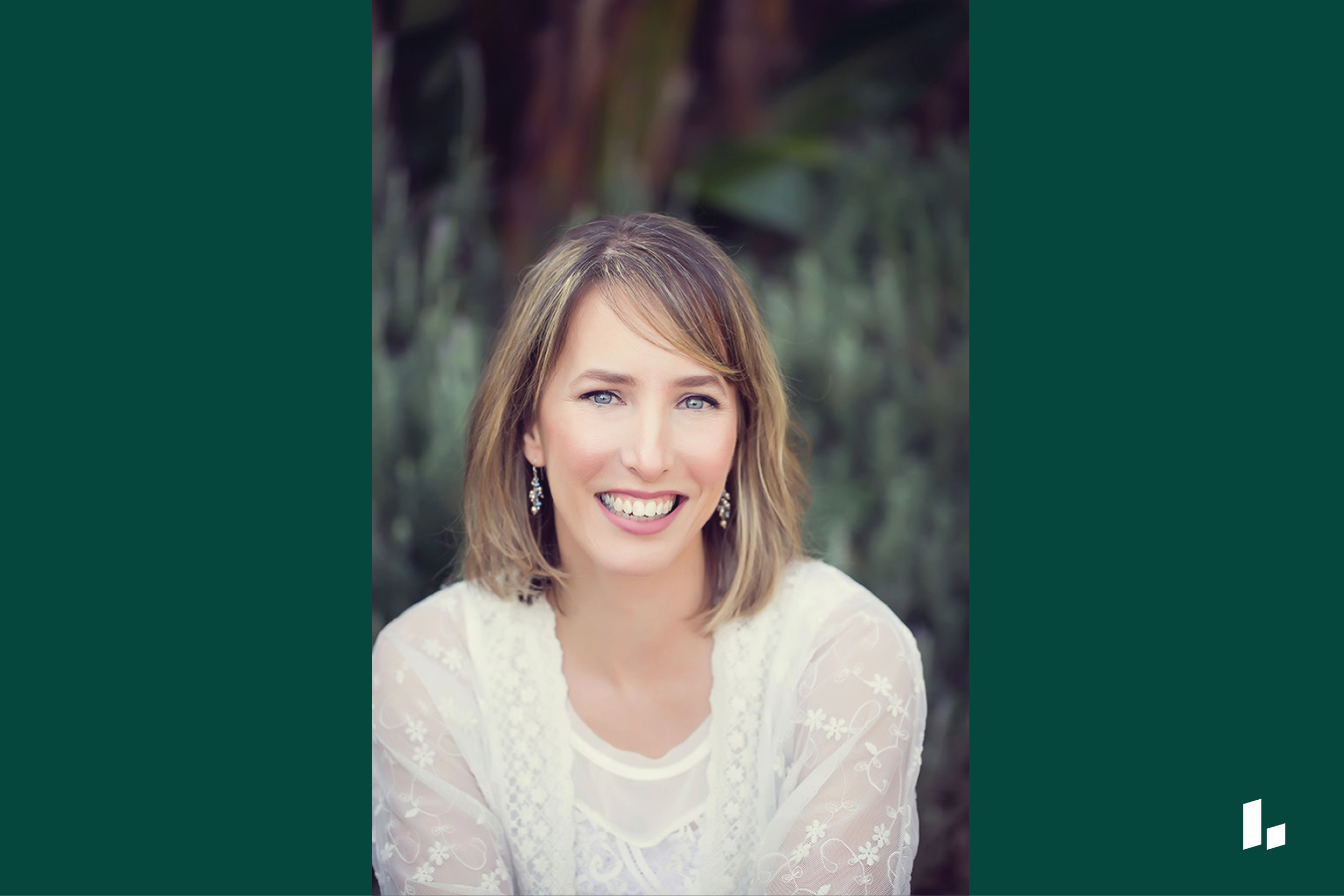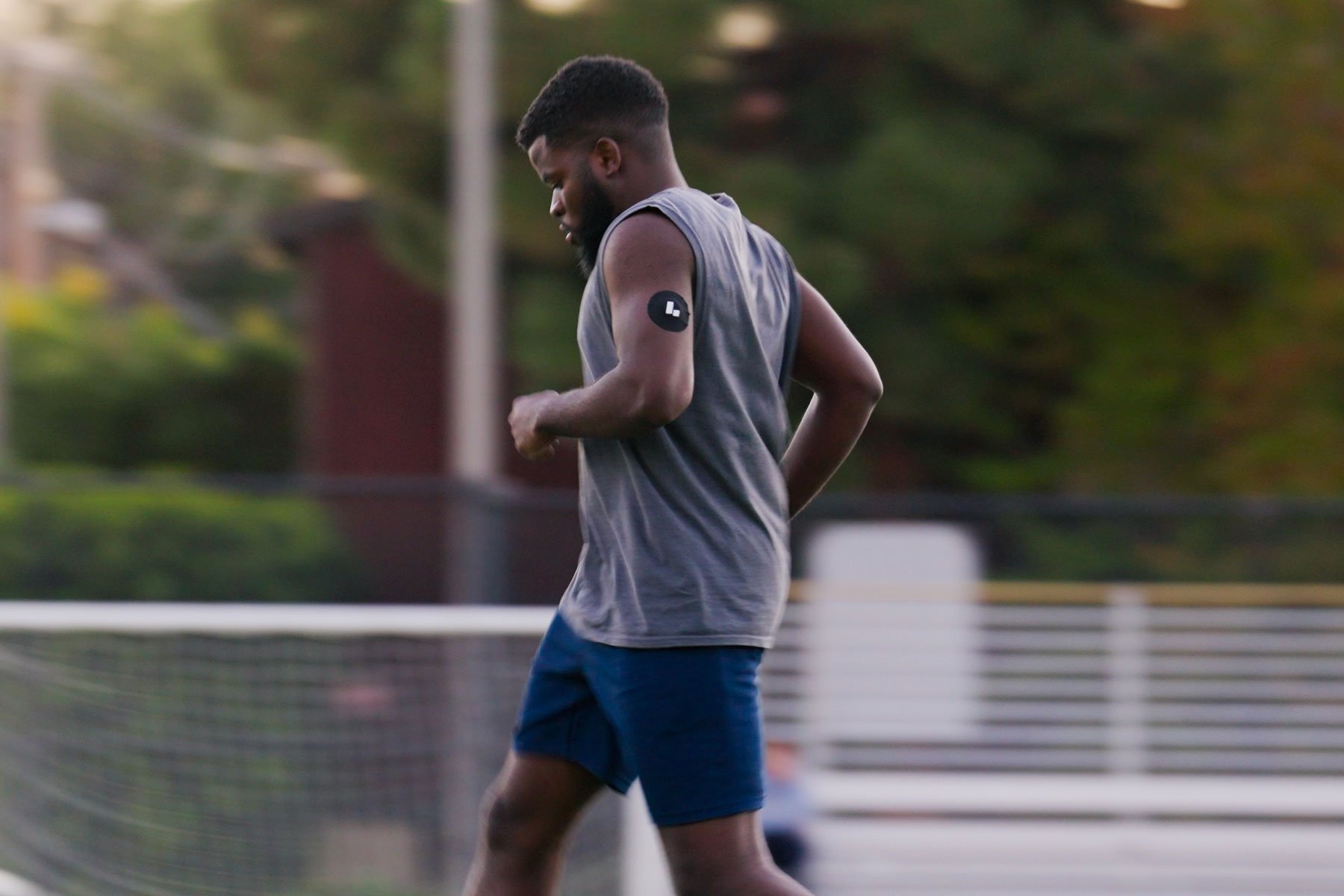Member Profile:
Who: Tika Morgan, in her 40s
Where: Oakland, CA
Time with Levels: Six weeks
Most Useful Takeaway: When her blood sugar dropped, Tika noticed changes in her mood, behavior, and overall inflammation.
Now, she uses CGM to find balance and optimize the intricate interplay between food, blood sugar, and emotion.
1. What was your health like before using Levels?
I grew up in South Asia. I have lived in many different countries, each exposing me to different ways of approaching health through food. Above all, Chinese Medicine has taught me that food can balance and change your system—primarily how food affects my body and hormonal system. Over the years, I’ve experimented with different diets, such as being vegan, plant-based, or dairy-free, and there have even been times I ate everything! With my body as a dancer, I would say that I thrive on a diet focused on living food, especially green leafy vegetables. But despite all this experimenting, I seemed to go in and out of balance in terms of cravings, inflammation, and energy ups and downs.
2. Why did you decide to start Levels?
When COVID hit, many people were drinking more alcohol and eating for comfort, which is understandable. But after trying that for the first week of the lockdown, I decided to put my immune system first by going in the opposite direction. Cooking at home, instead of eating out, really made a difference. I ate meals with a lot of fish, tofu, or tempeh, and steamed vegetables. I completely stopped drinking alcohol for a year. I walked three to six miles a day. It changed my life for the better! Yet, I still found times of energy and inflammation ups and downs.
If I had found Levels 10 years ago, I would have said weight loss. But now, my primary motivation is optimal health. When we are in optimal health, the body finds its natural weight balance. There’s also this mind shift that occurs. When you’re focusing on health rather than weight, it’s a different internal dialogue. It takes away the emphasis on appearance and instead prioritizes how your body is functioning and how you feel as you move through the world.
Learn more:
3. Did anything surprise you about using Levels?
I’ve had a lot of profound insights wearing the sensor.
When I was growing up, there were times when I wasn’t sure when I would eat next or where the meal would come from, and I learned to push through my low blood sugar. As a result, I translated the behavior from those drops as part of my personality. The two most clear symptoms are impatience and cravings. I’d look at bread and want to eat the entire loaf!
At times in my life, I used food to self-medicate and comfort myself, so I thought maybe this was a permanent issue. When I started Levels, I saw what was happening internally, and I began to change within days.
When I was feeling anxious or impatient, having cravings, or my mood was starting to swing, the CGM would confirm that, showing me my blood sugar was dropping. I realized I needed to fuel my body on a much more regular basis with foods aligned with what the sensor was teaching me. I quickly discovered that many of the foods that I used to think were perfectly healthy and nutritious were sending my blood sugar up and down in a way that affected my entire experience of being alive. I also went through the fear of overeating healthy fat at first, but that has changed the game for me.
When I recognize the sensation of low blood sugar, I’ll have a handful of cashews or another snack I know will gently bring my blood sugar back to normal. It is remarkable to see this reflected so quickly in the sensor data.
4. How did non-diet factors influence your blood sugar?
I have an artistic collaborator who I care deeply about. We had our first fight when I was wearing Levels, and my blood sugar spiked higher than it ever had before. After that emotional experience with him, my blood sugar stayed high for hours until we had a conversation to resolve things—and then it went down by 25 points.
Later that night, I started rehashing it in my mind, and my blood sugar went back up. I was re-experiencing all of the feelings in my body, and Levels was reflecting everything I was going through.
The interesting thing about this is that I had eaten what would be considered an optimal diet for blood sugar control that day. But regardless, the stress of the interaction sent my blood sugar to heights I’d never seen. So many of us in our society are experiencing high levels of stress, and no doubt this is affecting the body’s capacity to regulate blood sugar.
5. What are your health goals moving forward?
I’m always teaching people through dance to be with their bodies instead of using them. Knowing CGM data is an opportunity to get that sense of autonomy and respect for your body because you can immediately see what’s going on!
My goal is to use Levels for a whole year and study the data. As artists, we work with a lot of energy and passion, and, at times, that volatility can feed creativity. I always thought that was necessary for my creative output. It is a revelation to see it is not. Stabilizing my blood sugar has allowed me to experience my work in an even-keeled way, with my body supported to be highly productive, highly creative, and able to handle the ups and downs of life.










